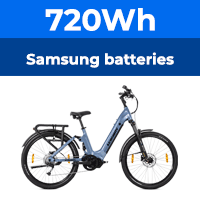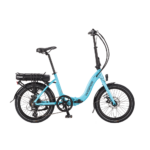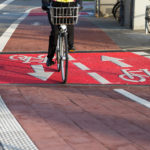If I wanted to buy a car I'd need to do a just as much research, I've never owned or driven a car so there's a lot I would need to learn be for I could start to make sense of the manufacturers' claims. Alternatively I could find someone who I trust to help me (this could be a reputable car dealer, in an ideal world at least).Is it reasonable to expect customers to then delve into lengthy research and search internet forums to get a clear picture?
When I went to one of our local bike shops to get my wife an unassisted bicycle the salesman spend a long time finding out what she wanted and going through the options available to help her pick the bike that was best for her, the alternative would have been me trawling the Internet for the same information.
So to answer your question, yes, when it comes to complex purchases like bikes, cars, pets, computers, mattresses and anything else that presents a bewildering array of options to the uninitiated then it reasonable to expect customers to either: research the options themselves; find some knowledgeable person to help them; or guess and hope.
One way the e-bike industry could improve matters when they quote things like range is for them to say where the numbers came from. The Advertising Standards Agency's code of practice says:
3 Substantiation
3.1 Before distributing or submitting a marketing communication for publication, marketers must hold documentary evidence to prove all claims, whether direct or implied, that are capable of objective substantiation.
Relevant evidence should be sent without delay if requested by the ASA or CAP. The adequacy of evidence will be judged on whether it supports both the detailed claims and the overall impression created by the marketing communication. The full name and geographical business address of marketers should be provided without delay if requested by the ASA or CAP.
CAP - CAP Code Item
3.1 Before distributing or submitting a marketing communication for publication, marketers must hold documentary evidence to prove all claims, whether direct or implied, that are capable of objective substantiation.
Relevant evidence should be sent without delay if requested by the ASA or CAP. The adequacy of evidence will be judged on whether it supports both the detailed claims and the overall impression created by the marketing communication. The full name and geographical business address of marketers should be provided without delay if requested by the ASA or CAP.
CAP - CAP Code Item
So if the bike sellers are complying with the code then it will be easy for them to supply the extra information needed to put their claims into context.








